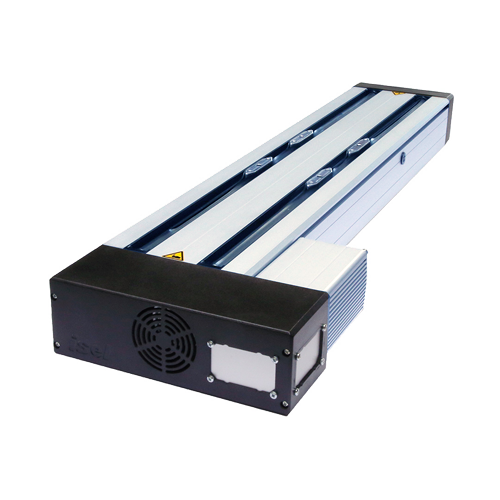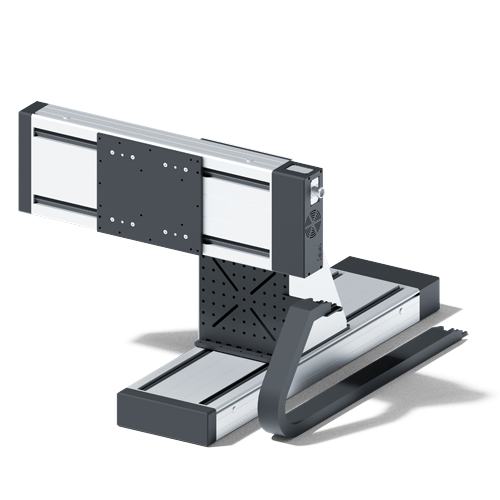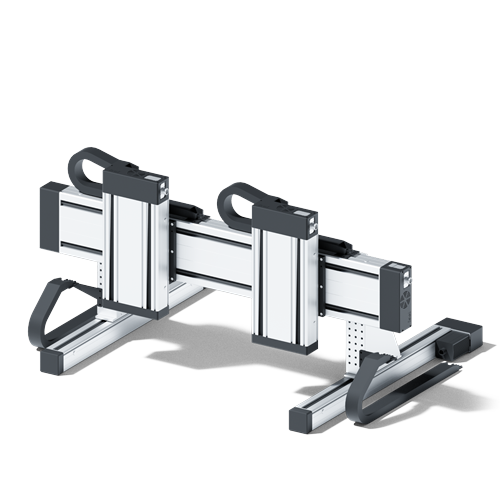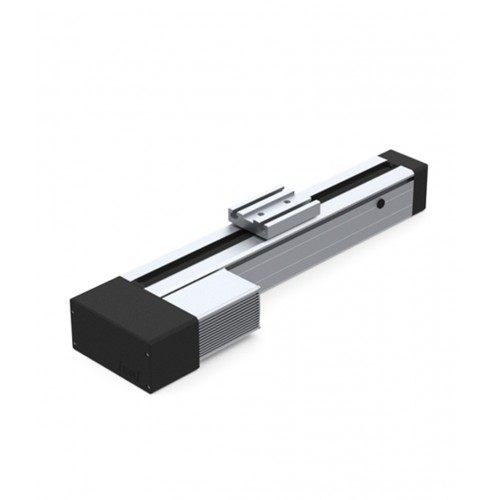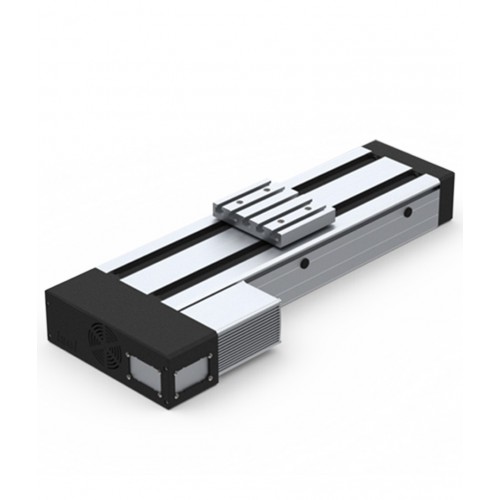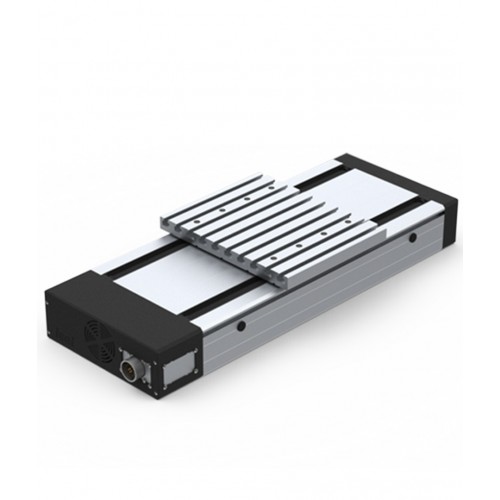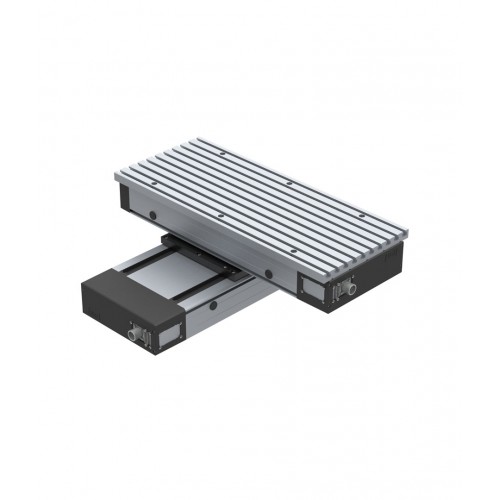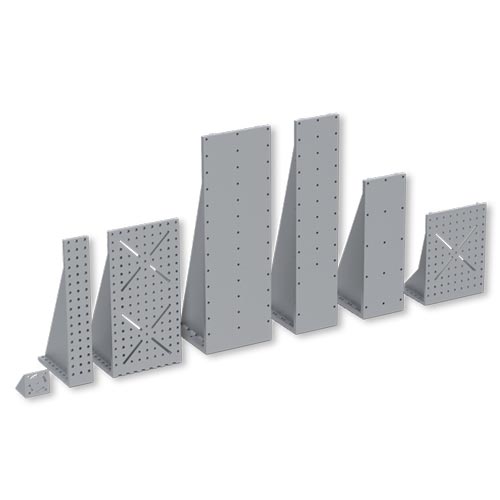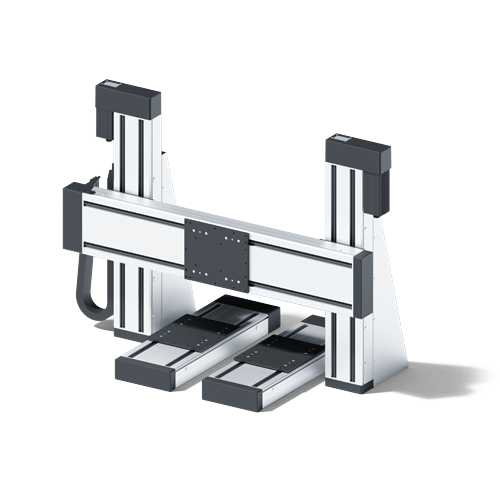
Steffan Gärth
Phone: +49 (0) 6659 / 981-773
Fax: +49 (0) 6659 / 981-776
steffan.gaerth@isel.com

Katja Henkel
Phone: +49 (0) 6659 / 981-744
Fax: +49 (0) 6659 / 981-776
katja.henkel@isel.com
More cost-effectiveness thanks to durable modular drive elements
Plug-in, flexible & customized linear units- Bespoke CNC systems
- Maximum manufacturing depth
- Free samples
- Easy to use
- Can be upgraded later
Three out of 1000 satisfied Customers:

Daimler AG





Linear units and multi-axis systems for automation
Single Axis Systems
Linear units with spindle drive
Plug-in modules for light machine construction, handling technology and factory automation, manufacturing according to customer specifications
Linear units with belt drive
Fast and accurate positioning and transport of medium-sized work-pieces in assembly automation, handling and machine handling
Two Axis Systems
Cross table/Linear table
Multi-axis Systems
Flexible technology for all requirements
Linear units are now used in almost all areas of manufacturing and mechanical engineering: The more flexible the drive, the better. Linear technology from isel is based on years of experience and many specific customer requirements, which have been incorporated into the further development of our linear units. As a result, we are now able to offer the right linear solution for every application. Even special motor connections are available upon customer request. Please contact us!
Any other questions? We would be delighted to give you more help!
Linear systems play an important role in the productivity and machine throughput of a company. Our employees are the right contact persons for all issues concerning linear units and would be delighted to help you find the best linear solution for your company.
















